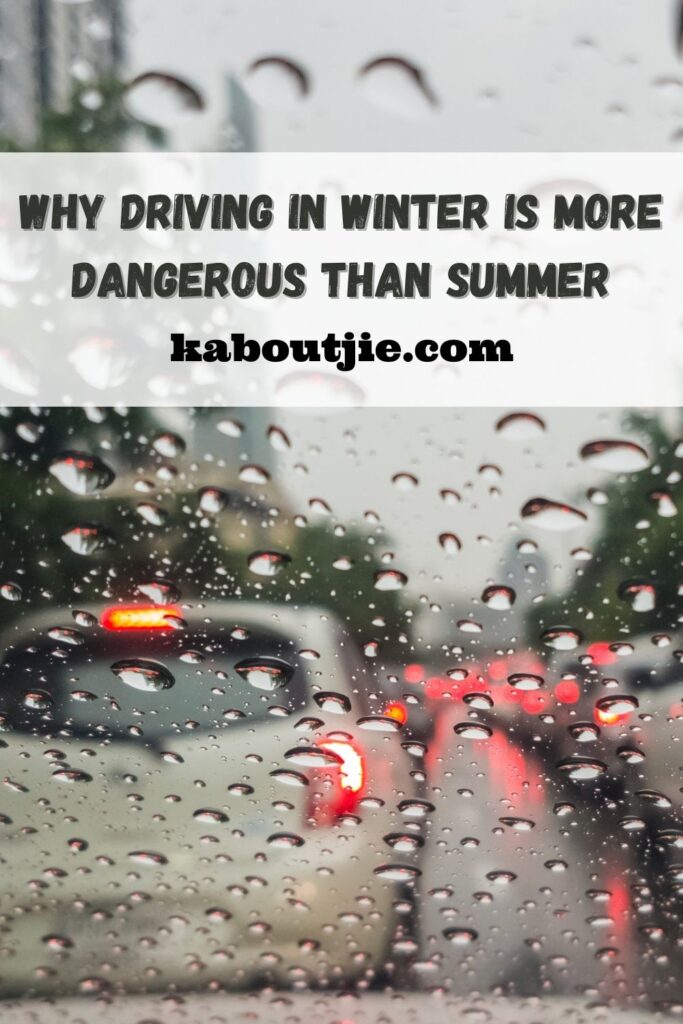Winter is a dangerous time to drive for a number of reasons. There’s the obvious hazard of snow and ice which can make roads slippery and unsafe, but did you know that even the sunlight in winter can affect your safety? It’s true. There are 4 main risks related to driving during the colder months and luckily, not only have we revealed them here, but we’ve also provided steps you can take to make driving in winter safer for yourself and those on the road around you.
Here are the main reasons why you need to drive more cautiously in winter. This way, you and your car can brave the cold and make it through to spring in 1 piece.

Your reactions are much slower when you’re cold
The first reason pertains to you as the driver. Basically, when we get cold, our bodies focus on directing our blood flow back to our chests (the core of our bodies). Not only can this leave our arms, fingers, and toes feeling a bit numb, but also can make us feel a general sluggishness. Like moving your arms through honey. Ultimately, when you’re cold you’re more likely to react slower, which can be dangerous when it comes to turning or braking sharply.
To combat the cold, spend a few minutes with the heat on to warm up before you set off. This is the easiest step to take in order to speed up your reactions on the road and to improve your safety.
The cold compromises the road
Cold weather can crack concrete, fog and rain can limit your vision, and icy rains (like sleet) can make the road slippery. Altogether, it’s important to keep an eye on how your car is handling the road in winter because you could find yourself in a bit of a skid or unable to see other cars, scraggy cracks, and potholes ahead of you.
The best way to drive safer when the road is in poor condition or visibility is poor and you can’t be sure if the road is clear, is to be alert and take your speed down a bit. Just the awareness alone that there may be hazards that you can’t perceive is enough to amp up the safety factor.
Low winter sun driving
During winter the sun doesn’t rise quite as high as it does in summer, producing what’s known (rather creatively) as low winter sun. Low winter sun causes a glare when driving as a result of the angle at which the light hits your windshield. This glare can temporarily blind drivers, making it impossible to see the road ahead. According to an article on Arrive Alive, your eyesight is the most important sense that you use when you’re on the road, so it’s advisable to do what you can to improve your sight when driving (all the time, but especially in low winter sun).
What you can do to combat the glare:
- Wear sunglasses when driving.
- Use your visor to cut out as much glare as possible.
- Keep your windscreen clean and streak-free (inside and outside), because dust particles and dirt cause light waves to scatter, which creates a halo-effect.
- Replace old windscreen wipers.
- Consider a new route altogether because low winter sun is worse on some roads than others.

The cold compromises your car’s functionality
The common elements of winter also mean that your car will perform less than optimally, so pay attention to car maintenance during this season. We’re thinking of the battery, tyres, lights, and windscreen and wipers in particular.
Little hacks to look after your car in winter:
- Replace your battery if it’s old because the cold can cause it to die, leaving you stranded.
- Use a scraper or cool water to remove frost from your windscreen and never warm or hot because this can crack your windscreen.
- Replace wiper blades if needed and avoid swiping away mud and soil from the windscreen because this can scratch the glass.
- The mornings are staying darker for longer, so please keep your headlights clean and properly aligned and always switch your lights off when you reach your destination (it’s easy to forget in the daytime that they’re still on).
- Check that your tyres are in good condition, inflated to the correct pressure, and not worn down (at least 1mm tread).
Just a quick word to the wise about your tyres… Smooth and damaged tyres cause tyre blow outs and impair your car’s braking system, which leads to road accidents, injuries, and death. Additionally, your insurance company might reject an accident claim as a result of unroadworthy tyres. For those reasons, it’s vital that drivers ensure that the tyres on their cars are in good order.
Get a super cheap car insurance quote
Speaking of insurance, if you’re on the hunt for super cheap car insurance, then consider getting a quote here. This car insurance policy has been developed to decrease in price every month as the insurer reduces the monthly premium amount by a percentage that’s in line with the rate of depreciation of your car.
We trust that this tip for cheaper comprehensive car insurance as well the tips to drive safer in winter will help you tremendously.
 Kaboutjie SA Mommy Blogs by Lynne Huysamen
Kaboutjie SA Mommy Blogs by Lynne Huysamen




